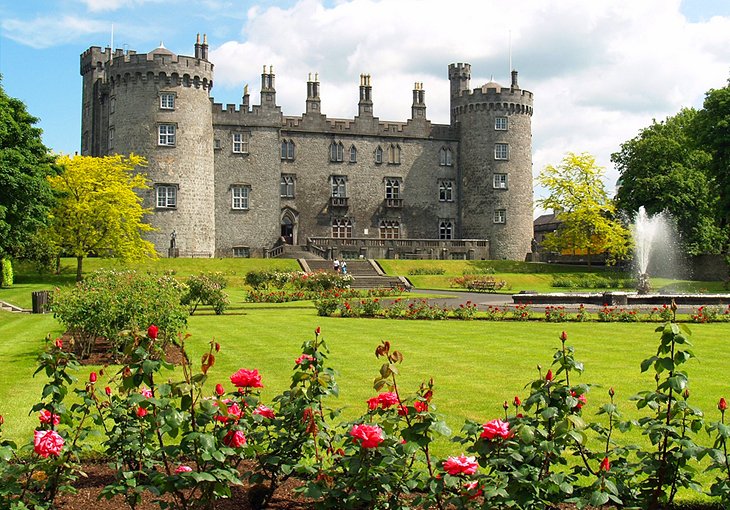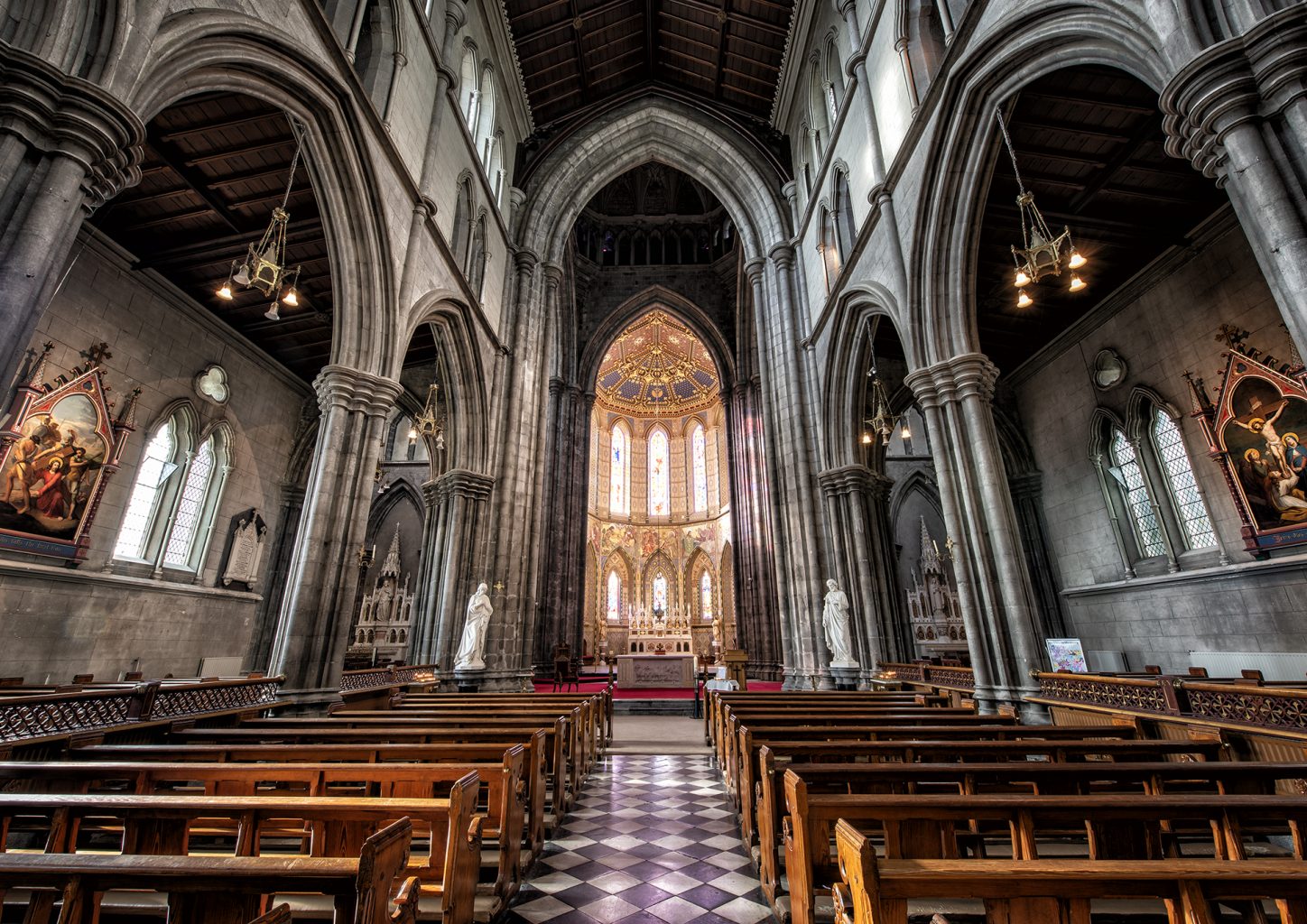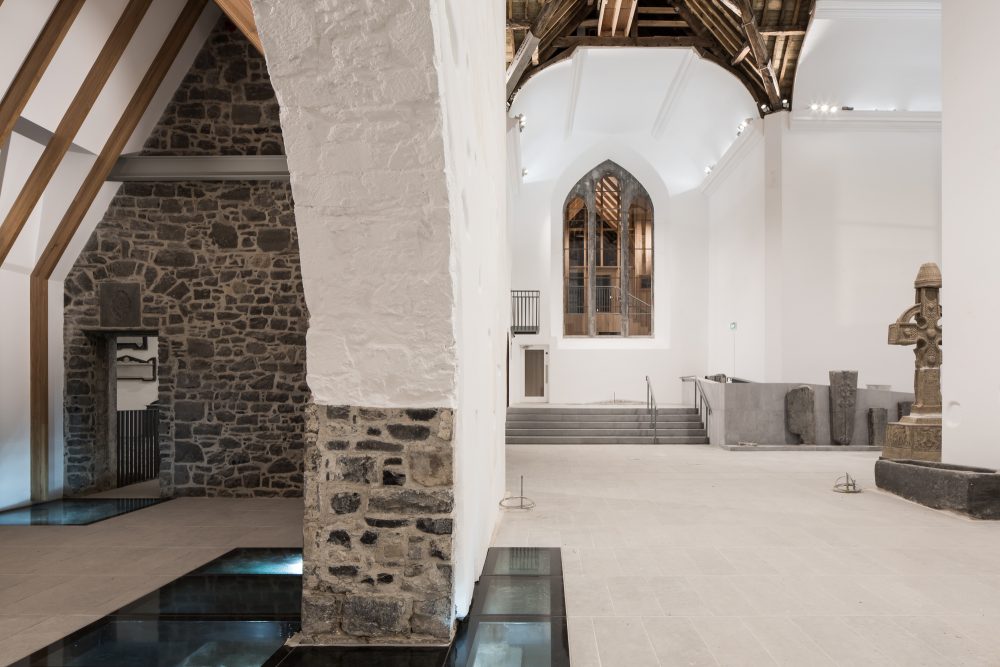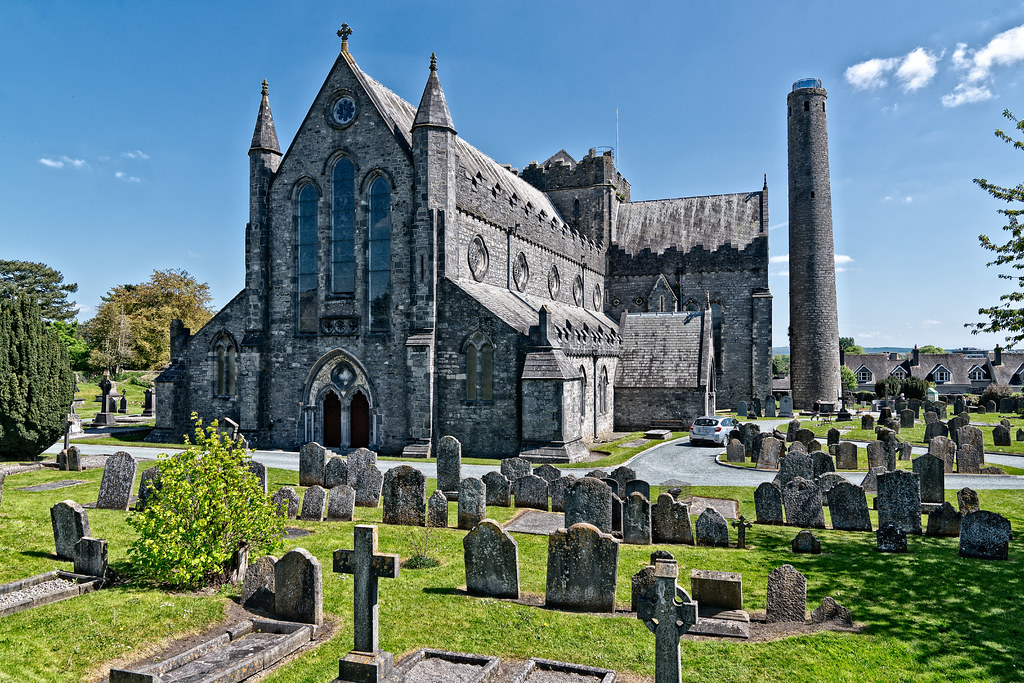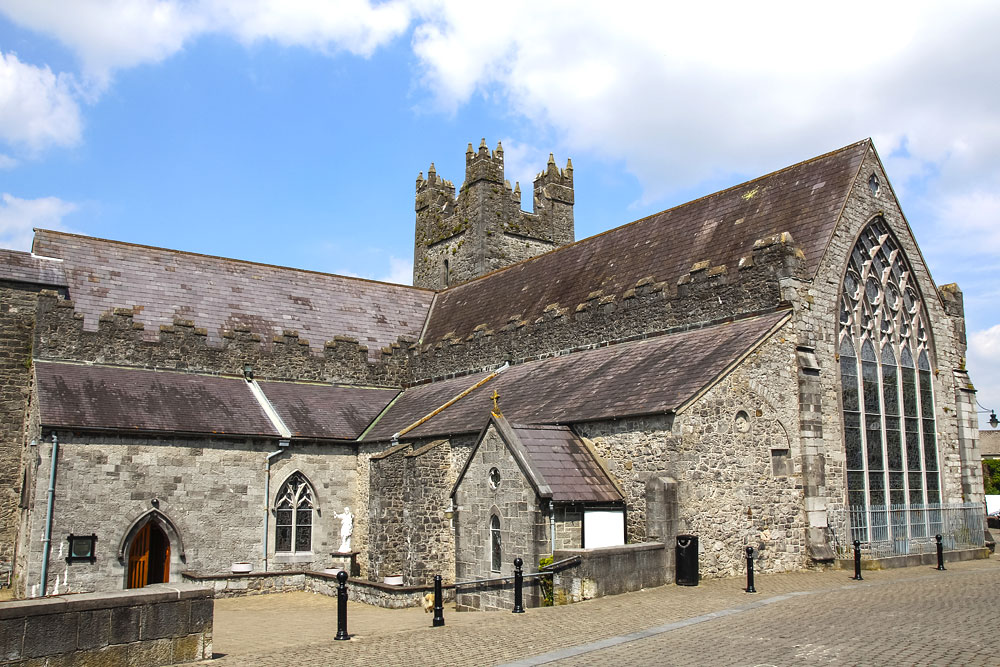Few buildings in Ireland can boast a longer history of continuous occupation than Kilkenny Castle. Founded soon after the Norman conquest of Ireland, the Castle has been rebuilt, extended and adapted to suit changing circumstances and uses over a period of 800 years.
Today, Kilkenny Castle is open to visitors all year round and is largely a Victorian remodelling of the thirteenth century defensive Castle. Each year, hundreds of thousands of visitors come to see this grand country house and walk through its fifty acres of rolling parkland with mature trees and an abundance of wildlife. Other features include a formal terraced rose garden, woodlands and a man-made lake, which were added in the nineteenth century. There is also a tearoom, playground and several orienteering trails for visitors to enjoy.

